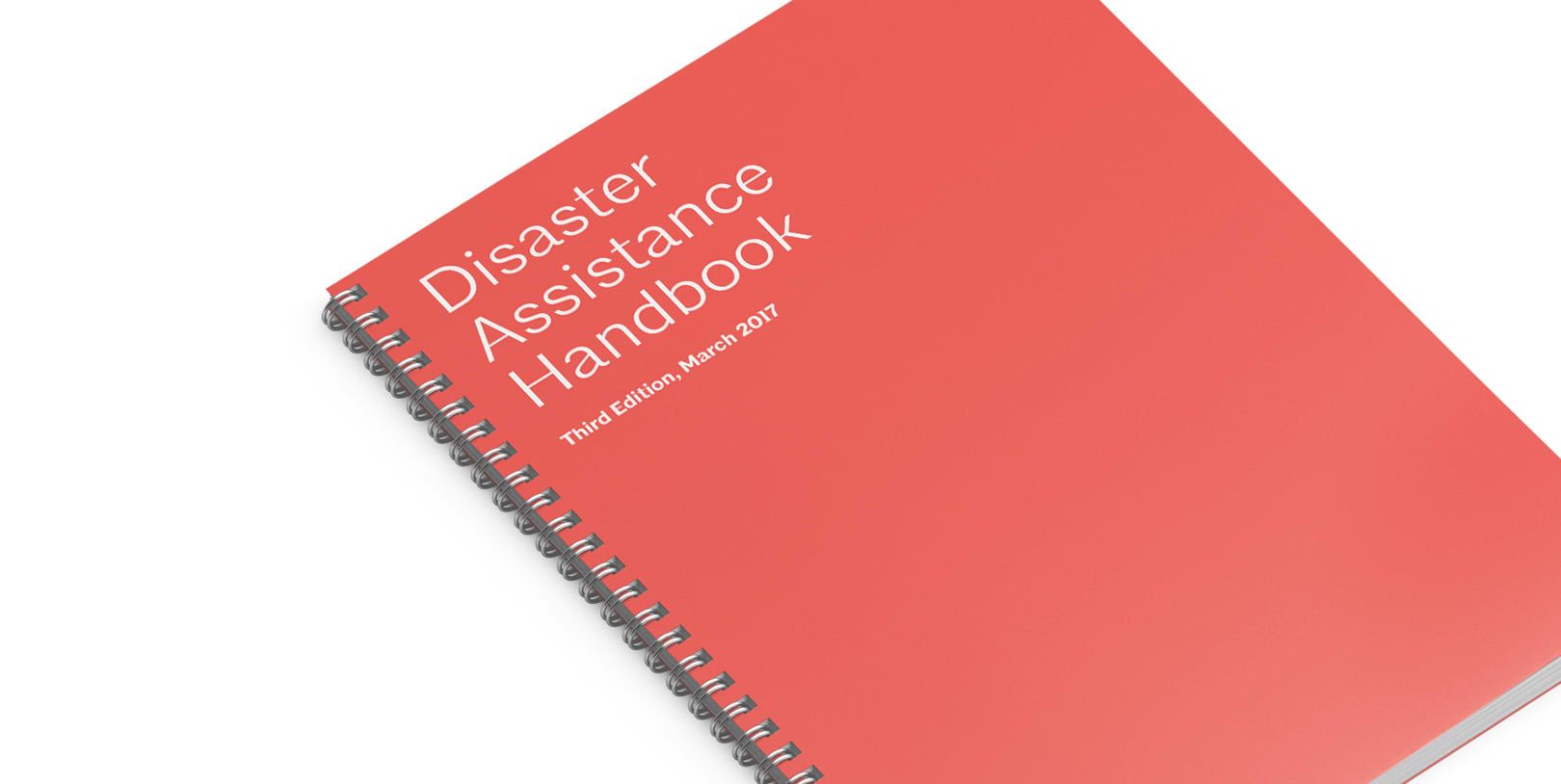Jul 13, 2021
A Visionary Home for the 2020s
Posted by Alexandra Whittington in categories: architecture, futurism, sustainability
This article is an excerpt from a report by Partners in Foresight, The Home of the 2020s: Scenarios for How We Might Live in the Post-Pandemic Future.
The homes we inhabit in the 2020s could serve as a personal headquarters for building the good society. How can a house help create a more positive future? Here are four ways the home of the future might support meaningful personal commitment to the greater good.
1. Advocate From Home (AFH)
During the pandemic lockdown period, a new wave of civic engagement has taken hold. A trend called Advocate From Home (AFH) takes the form of digital organizing (e-mail, text banking, content production) for political, ecological, social and economic justice, often using work-from-home tools.
2. Decentralized Energy
Households are embracing renewables in terms of solar energy and decentralized systems with independent home batteries. There are revolutions happening in the world of clean kinetic energy that could transform our spaces by allowing objects to collect and then transmit power. Future homes may be self-sustaining in terms of power and energy needs.

3. Biophilia
One way people express environmentalist values at home is through a love of nature. Outdoors, there are green options for the visionary homeowner, such as garden plots, low-intensive watering solutions, use of native plants and compost bins. Inside the home, people are gravitating to hydroponically grown vegetables and herbs. Indoor plants of all kinds are at the height of interior design trends and architecture is looking to biomimicry for sustainable ideas. Pets outnumber children in US homes.
















